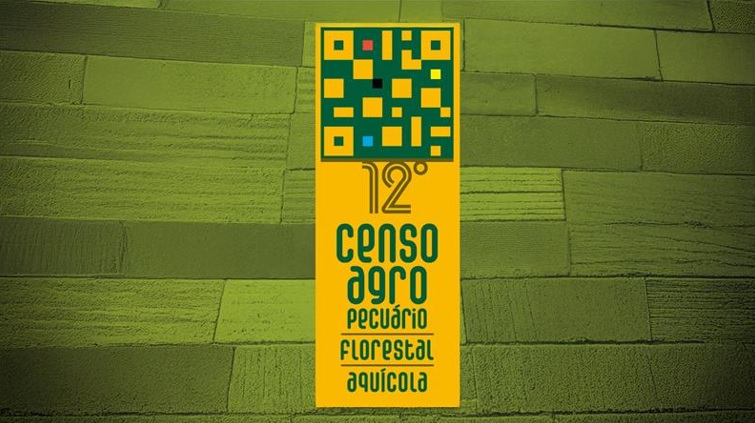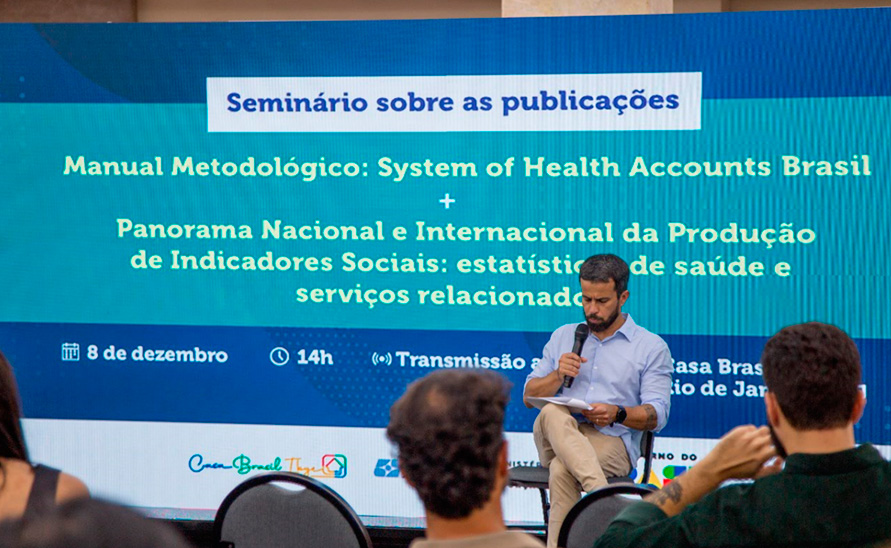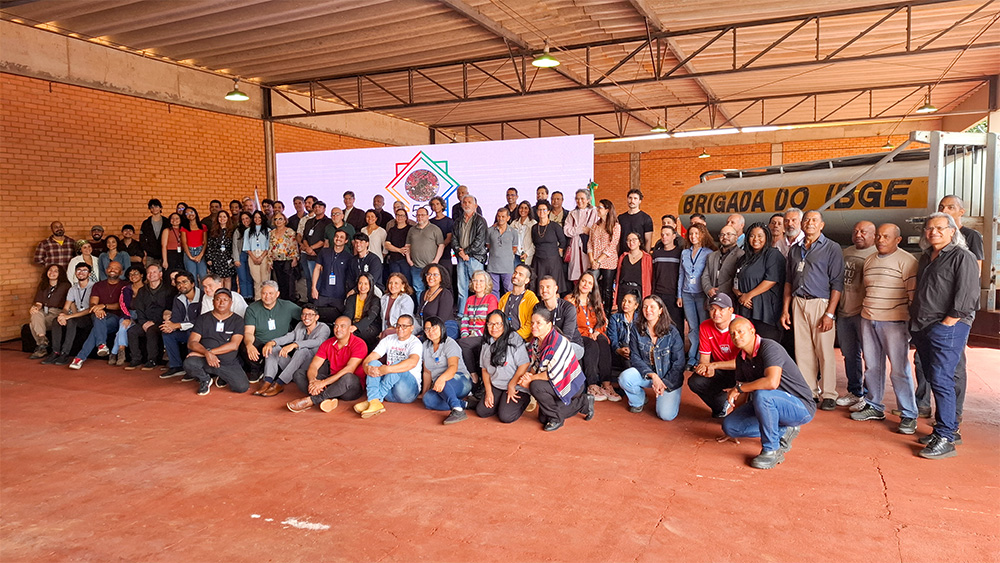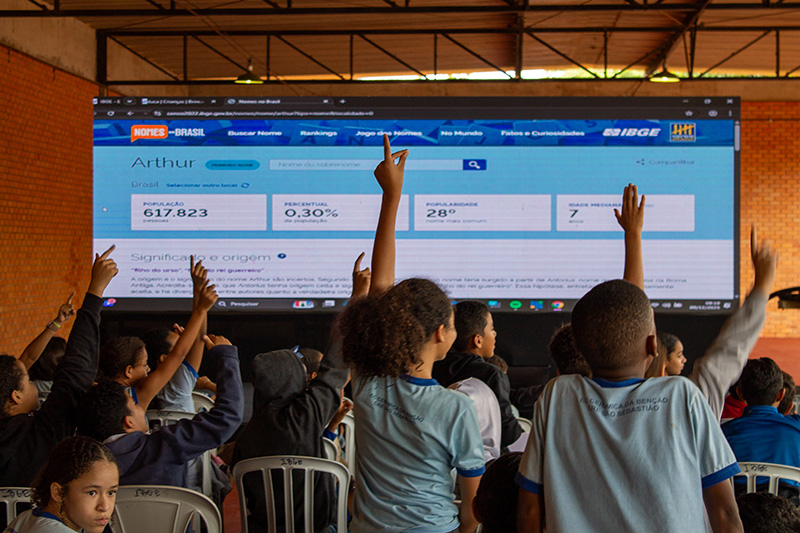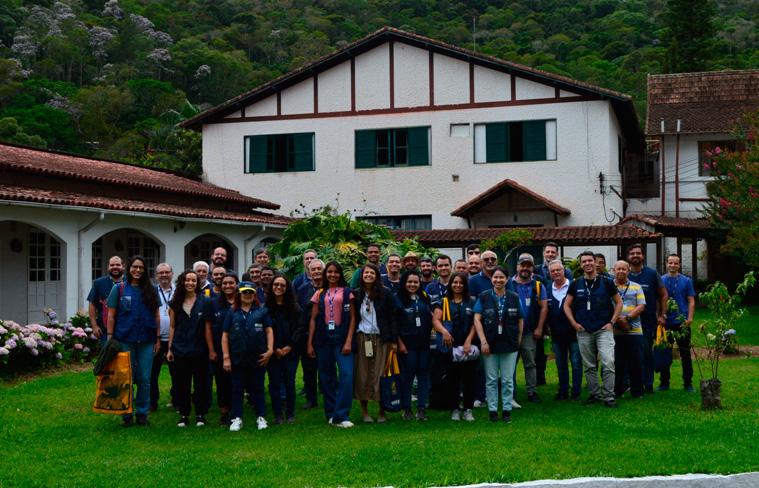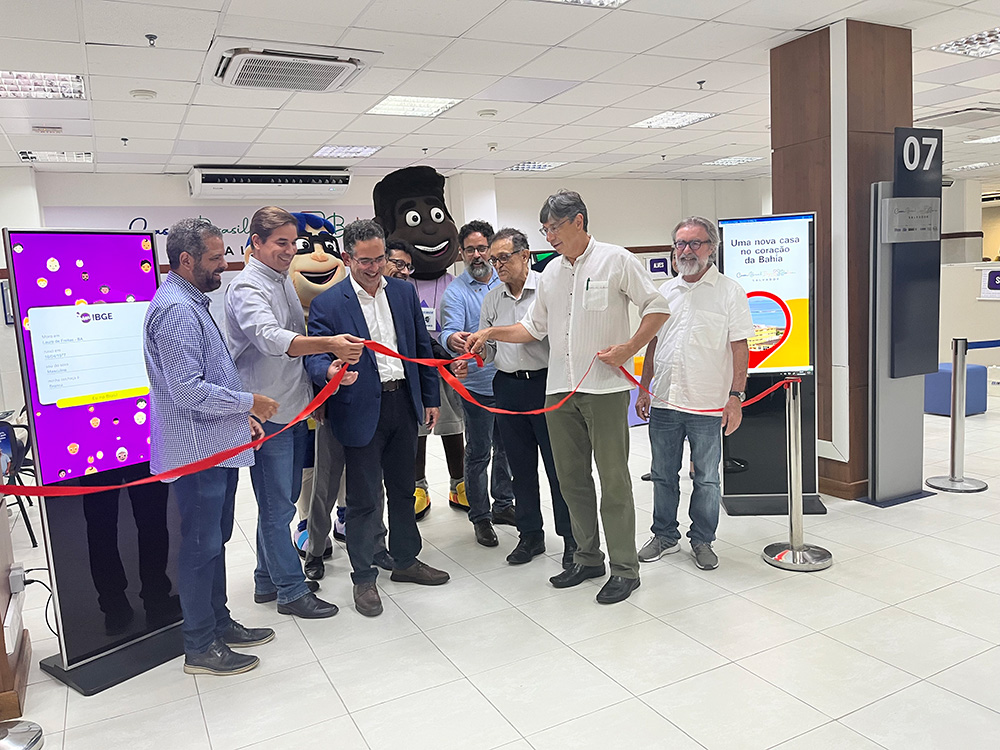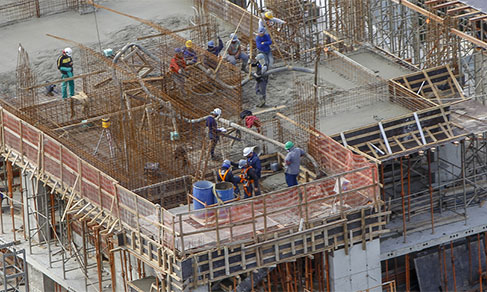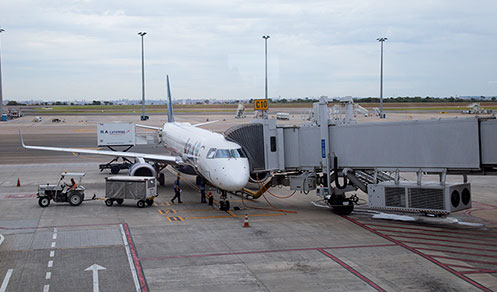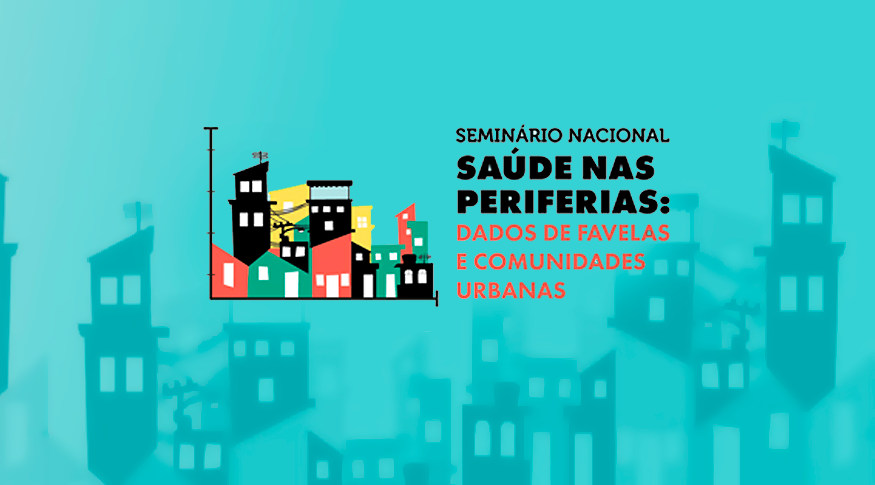Profile of Municipalities
MUNIC 2024: climate event affected more than 90% of the municipalities in Rio Grande do Sul
October 31, 2025 10h00 AM | Last Updated: November 03, 2025 10h22 AM
Highlights
- Rains in April 2024 reached 92.4% of the municipalities in Rio Grande do Sul, with strong social and economic impacts.
- Among the affected municipalities, 63% issued alerts during the climate event.
- More than 80% of the municipalities had a contingency plan, but only 70.4% put it into practice.
- In 2024, 1,300 municipalities had a structure for racial equality policies, and 455 had active councils.
- The digital presence of city administrations is almost universal: 98.6% have a website and 95.4% are on social media.
- Municipal public administration has 7.6 million servants, with a growth of 3.8% between 2023 and 2024.
- The app-based transportation service grew 64.4% between 2020 (878 municipalities) and 2024 (1,465).
- From 2018 to 2024, the number of municipalities with shelters for immigrants increased from 58 to 164. On the other hand, the municipalities with a Reference and Service Center for Immigrants increased from 63 to 98.

Released today (31) by the IBGE, data from the 2024 Survey of Basic Municipal Information (MUNIC) show that the April 2024 climate event in Rio Grande do Sul affected 459 (92.4%) of the state's 497 municipalities, causing significant human, social and economic losses. Among the affected municipalities, 289 (63.0%) issued alerts during the event, while 55 (12.0%) did not issue any warning, and 115 (25.0%) did not have an alert system. “The state economy was severely impacted, with losses in the agricultural sector, shutdown of industries, damage to infrastructure and interruption of essential services, such as transportation, education and health,” highlighted the manager of MUNIC/ESTADIC, Rosane Oliveira.
Of the 459 municipalities affected, 388 (84.5%) reported to have a civil defense and protection contingency plan. Of these, 323 (70.4%) put the plan into practice during the crisis. In 65 municipalities (14.2%) the plan was not implemented. The main reason mentioned by most municipalities (51) was “another reason not identified in the questionnaire”. Among the other reasons mentioned are the lack of team training (10 municipalities) and the scarcity of material resources (11 municipalities).
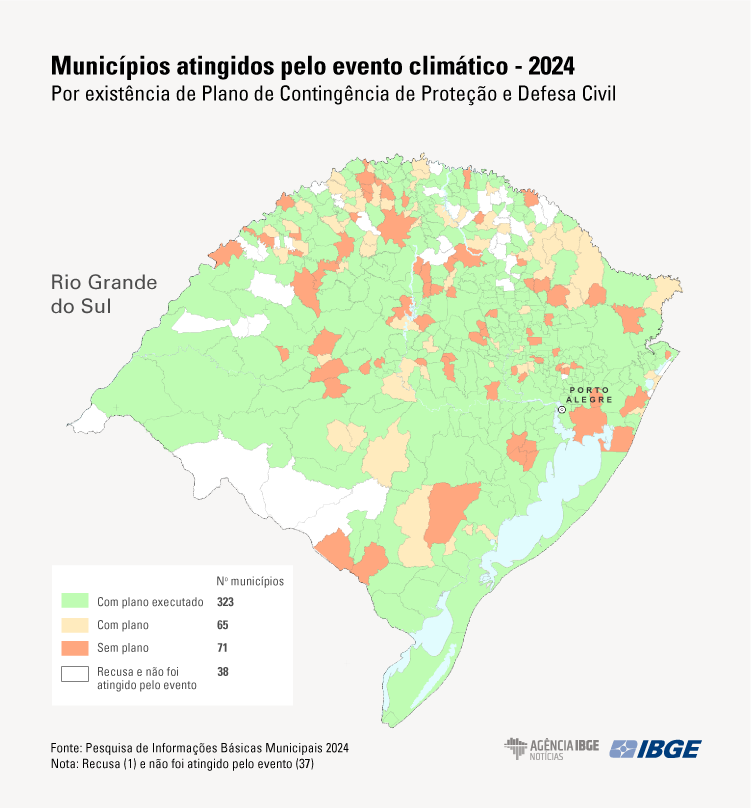
Incidents involving the population and/or damage to structures and equipment during the event were registered in 427 (93.0% of the total affected) municipalities. In 338 (79.2% of total occurrences) deaths were recorded; missing persons; homeless or displaced persons; injured persons or illnesses linked to flood events (leptospirosis, dengue, etc.). In 412 (96.5%), damage to structures and equipment were registered during the event.
Among the municipalities with incidents with the population, most of them reported homeless or displaced persons (329). Regarding damage to structures and equipment, there was damage to road structures (roads, railways, bridges) in 397 municipalities and 205 had isolated areas.
In addition to the chapter on the climate event in Rio Grande do Sul, the survey also investigated eight other themes: human resources, information technology and communication, governance, housing, transportation and urban mobility, agriculture, migration management instruments and, for the first time ever, racial equality.
More than 1,300 municipalities have a structure for racial equality policies
Among the 5,550 municipalities that responded to the racial equality block, 1,331 (24.0%) had specific management structures for the policy to promote racial equality. The majority were linked to direct administration (1,326) and, in 5 municipalities, to an indirect administration office. Analyzing those that had a management office linked to direct administration, 95 were organized as a municipal secretariat, with 34 (0.6%) as an exclusive secretariat and 61 (1.1%) as a secretariat in conjunction with other policies. In 1,183 municipalities (21.3%), the office responsible for managing the policy was a sector subordinate to another secretariat and, in 48 (0.9%), to a sector subordinate to the head of the Executive.
In 6.5% of these municipalities (358), in 2024, there was an Intersectoral Working Group (GTI) or similar to coordinating the policy to promote racial equality within the government. As for the GTI being created by an administrative act, in 67 municipalities it was created by ordinance and, in 135, by decree. Among the areas of government represented in this group, the most mentioned were: education (299), social assistance (296), health (266) and culture (235).
In 2024, 455 municipalities reported the existence of an active Municipal Council for Racial Equality. It is also important to note that only 432 held meetings in the last 12 months prior to the survey, showing that 23 active councils were disabled during this period. The Southeast Region and municipalities with more than 500,000 inhabitants had the highest proportions of municipalities with this council active.
City administrations expand digital presence and social media consolidate themselves as citizen service channels
In 2024, 98.6% (5,494) of the municipalities had an official website on the Internet, approaching universalization. On the other hand, social media have also consolidated themselves as communication channels: 95.4% (5,315) of the municipalities maintained an active profile or account, compared to 84.0% in 2019. During this period, Instagram jumped from 21.8% to 92.2% and WhatsApp from 16.7% to 34.7%, while Facebook fell from 98.2% to 81.7%.
As for digital services, the issuance of negative debt certificates was available in 58.9% of the city administrations and electronic invoices were available in 76.0%. Service via WhatsApp, investigated for the first time in 2024, was already present in 52.9% of the municipalities. Exclusive phones also advanced, reaching 23.9%. Other forms of service grew from 10.3% in 2019 to 19.7% in 2024.
Furthermore, more than half of the city administrations with social media (52.3%) updated their profiles daily, a practice adopted even by small municipalities, with up to 5 thousand inhabitants (35.3%).
It was also investigated whether the municipal government maintained a television channel, radio channel, or any other audiovisual content on YouTube or another platform, which occurred in 30.1% (or 1,679) of the municipalities, ranging from 18.2%, in municipalities with up to 5,000 inhabitants, to 85.4%, in municipalities with more than 500,000 inhabitants. Budget allocated to communication was also investigated in some items: 37.7% (or 2,099) of the municipalities allocated a budget to advertising; 29.9% (or 1,663), to organizing events; 27.6% (or 1,539), to journalistic dissemination; and 17.4% (or 969), to boosting on social media.
Persons employed in municipal administration grew 3.8% between 2023 and 2024
In 2024, 7,614,353 people were employed in the direct and indirect municipal administration, which represented 3.6% of the Brazilian population (212,583,750 inhabitants, according to the IBGE estimates on July 1, 2024). Of this total, 95.3% (7,260,108) were in the direct administration and 4.7% (354,245), in the indirect administration.
The total number of employed people increased 3.8% compared to 2023, changing from 7,334,402 to 7,614,353. In the direct administration, the increase was 3.7% (from 7,003,955 to 7,260,108), while in the indirect administration it was 7.2% (from 330,447 to 354,245).
In relation to public tenders, 2,483 (44.5%) municipalities carried out selection processes in the last 24 months. The highest proportion was in the South Region (68.3%), and the lowest, in the Northeast (22.7%). Among municipalities with more than 500 thousand inhabitants, 85.4% held a public tender, while only 39.3% of the municipalities with 10 to 20 thousand inhabitants did so.
Only 686 municipalities (27.6% of those that held public tenders) reserved positions in the public tenders, with 569 municipalities reserving positions for black people; 105, for indigenous people; 48, for quilombolas; and 11, for gypsies. In 11 municipalities, quotas were reserved for the four groups investigated.
In general, 94.5% of the municipalities (5,252) hired in the last 24 months, with 43.3% (2,408) of them doing so via public tenders for the direct administration. The South Region had the highest proportion (66.7%) and the Northeast, the lowest (21.6%). By population size, municipalities with more than 500 thousand inhabitants had the highest public tender rate (85.4%), while those with 10 to 20 thousand inhabitants had the lowest (37.9%).
More than half (55.9%) of the municipalities did not use gov.br to authenticate online services
From 2019 to 2024, the proportion of municipalities that had websites adapted for mobile devices increased from 25.4% (1414) in 2019 to 39.0% (2172) in 2024. The issuance of bills or payment slips via cell phone was available in 27.8% of the municipalities, compared to 10.8% in 2019. Requesting and monitoring services via apps were offered, respectively, by 11.3% and 10.0% of the municipalities. Telephone continued to be the most used method for these services, with 59.4% offering requests and 55.2% offering follow-up, while social media also began to be used by 37.6% and 31.0% of the municipalities, respectively.
Regarding the authentication of online services, only 8.3% (461 municipalities) used gov.br for some services, and 2.6% (145 municipalities), for all services, while 55.9% (3,115 municipalities) did not use it. Furthermore, 33.2% (1,849 municipalities) did not respond due to lack of information or lack of such authentication.
In 2024, 60.0% (3,341 municipalities) had an Information Technology (IT) organizational structure, with 54.4% (1,818 Municipalities) having permanent employees and 46.5% (1,553 municipalities) having commissioned positions for this area. Outsourced companies operated in 38.5% (1,286 municipalities). Half of the municipalities (50.4%) had a Data Processing Center, an increase compared to 48.0% in 2019, and 28.1% (1,566 municipalities) developed their own software, compared to 17.5% in 2019, with 24.5% of these developments being for internal use, 11.3% for serving society and 7.6% for both.
In 2024, 95.3% of the municipalities had an internal control structure
In 2024, 95.3% of the municipalities (5,309) had an internal control organizational structure, registering a slight increase compared to 2019, when they were 94.4% (5,259). Of these structures, 89.2% (4,738) were established by legal instruments. The most common configuration was the sector directly subordinate to the head of the Executive (58.3%), followed by exclusive municipal secretariats (26.1%) and sectors subordinate to another secretariats (14.5%). Regional variations were registered: in the Northeast, 40.9% of municipalities with a structure had an exclusive secretariat, while in the South this format was adopted by 79.5%. Municipalities with more than 500 thousand inhabitants showed a higher frequency of this model, reaching 72.9%, an increase compared to 58.3% in 2019.
When carrying out their functions, 91.2% of the municipalities with structure-controlled expenses and 89.3% controlled revenues, while activities such as inventory and warehouse control occurred in 59.9%, and inspection of the application of resources by private entities, in 54.8%. Only 2.3% (124) did not carry out internal control actions. The most common function was controllership (93.5%), followed by government auditing (48.5%), promoting integrity and combating corruption (37.7%) and ombudsman (36.2%), with 4.2% not performing any of these functions.
In relation to the last 24 months, 72.9% of the municipalities with a structure carried out concomitant control, 72.1%, prior control and 64%, subsequent control, while 15.5% reported irregularities to the Court of Auditors and 7.9% to the Public Ministry. Regarding transparency, 59% (3,134) made information available on the Internet. This percentage of transparency increased compared to 2019, when it was 43.8% (2,304).
In 2024, more than a third of the municipalities did not have an office responsible for housing policy
In 2024, among the 5,542 municipalities that provided information on the housing policy management structure, 2,035 (36.7%) did not have any office responsible for this management, a higher number than that recorded in 2020 (1,965 municipalities). Of the 3,507 municipalities that had a responsible office, the most common model was the sector subordinate to another secretariat, present in 2,252 municipalities (40.6% of the total). Then came the municipal secretariat together with other sectoral policies (783 municipalities), an exclusive municipal secretariat (262 municipalities), a sector directly subordinate to the head of the Executive (186 municipalities) and an indirect administration office (24 municipalities). The presence of an exclusive municipal secretariat grew in relation to 2020, when 240 incidents were recorded.
The presence of responsible offices and exclusive secretariats is directly linked to the population size of the municipalities, reflecting more robust budgets and a greater scale of application of public policies. In municipalities with more than 500 thousand inhabitants, 100% had an office responsible for housing policies, with 56.3% having an exclusive municipal secretariat. On the other hand, among the municipalities with up to 5,000 inhabitants, only 55.2% had a responsible office and only 1.4% had an exclusive municipal secretariat, indicating a great structural inequality in the management of this public policy.
The presence of exclusive transportation secretariats in Brazilian municipalities increases to 28.5%, although the general structure has fallen to 67.1% in 2024
In 2024, 67.1% of the municipalities had an organizational structure in the area of transportation. The most usual form was a sector subordinate to another secretariat, present in 34.9% of the municipalities with a structure, followed by exclusive transportation secretariats, with 28.5%. Compared to 2020, when 73.2% of the municipalities had a transportation structure, there was a reduction in the total, but an increase in the proportion of exclusive secretariats, from 20.9% to 28.5%. The presence of structure follows the population size of the municipalities: in 2024, 97.9% of the cities with more than 500 thousand inhabitants had an structure in the area. Between 2020 and 2024, only municipalities with a population between 50 and 100 thousand inhabitants increased their proportion, from 86.1% to 89.7%. In the municipalities with more than 50 thousand inhabitants, the adoption of exclusive transportation secretariats grew.
Taxis, vans and motorcycle taxis remain the most common transportation services in municipalities
The results of MUNIC 2024 show that 41.4% of the Brazilian municipalities with more than 20 thousand inhabitants had a Municipal Transportation Plan. The percentage represents an increase of 17% compared to 2020, when 35.4% of the municipalities in this population group had the plan. The most significant advance occurred among municipalities with 20 to 100 thousand inhabitants, which registered a 25.8% increase in the number of localities with a Municipal Transportation Plan.
According to Rosane Oliveira, “this is still a result that falls short of what is desired for a good planning of the transportation policy, which reflects the great technical and financial difficulties faced in preparing the municipal transportation and urban mobility plan, especially by small and medium-sized municipalities”.
Among the transportation services, the most present were taxis (79.8%), vans (60.2%) and motorcycle taxis (52.7%). On the other hand, subway (0.4%) and train (1.9%) services remained restricted to a small number of municipalities in 2024.
Another highlight is app-based transportation, included in the survey for the first time in 2020. The service grew by 64.4% between 2020 (878 municipalities) and 2024 (1,465), concentrated in the most populous municipalities. In the range of 50 to 100 thousand inhabitants, the presence of this type of transport increased from 47.5% to 70.5%.
City administrations reinforce support for agriculture and concentrate maintenance on local roads
Among the 5,550 Brazilian municipalities that responded to the survey in 2024, 93.7% said they had some organizational structure focused on agricultural policy, a higher rate than that observed in the 2020 edition, which was 91.8%. This information demonstrates the administrative importance that municipalities grant to the segment. A total of 350 municipalities does not have any specific structure dedicated to this purpose, with most of them (31.4%) having a population of less than 5,000 inhabitants.
Of the municipalities that responded to the survey, 37.0% (2,052) reported aerial application of pesticides and 15.5% (864) stated that there was an aerial application company in operation. The highlight is the Central-West Region, where the extensive planting areas favor this type of application, with 56.0% of the municipalities reporting the modality. This region also has the highest percentage of municipalities that had active pesticide aerial spraying companies (28.1%).
The 2024 edition of MUNIC also brought an unprecedented question about conservation program or action and/or adaptation of local roads. “This topic is extremely important for the agricultural sector, as it is precisely through these routes that agricultural and livestock production flows,” explains Oliveira. Of the 5,550 municipalities interviewed, in 4,562 of them, that is, in 82.2% of the total respondents, the maintenance or adaptation of local roads had been carried out exclusively by the city administrations. Regionally, the exclusive action of municipal management on local roads occurred as follows: North, 73.5% of the municipalities; Northeast with 83.4%; Southeast with 81.0%; South with 85.6% and Central-West with 81.4% of the city administrations.
Municipalities expand cooperation and local policies aimed at immigrants and refugees
In 2024, 265 municipalities had some cooperation mechanism with other entities of the federation and/or with international organizations in the promotion and development of local public policies aimed at immigrants, requesting recognition of the status of refugees and stateless people. Of these, 165 had a cooperation mechanism with other entities of the federation; 42, with international organizations and 58 with other federation entities and international organizations. No municipality in Amapá reported having a cooperation mechanism in the promotion and development of local public policies aimed at immigrants, requesting recognition of the status of refugees and stateless people.
The proportion of the municipalities with a cooperation mechanism with other entities of the federation increased from 2018 to 2024, from 75 to 223, respectively.
In 2024, 123 municipalities reported the existence of a permanent Portuguese course aimed specifically at immigrants, applicants for recognition of refugee status and stateless people; in 2018, there were 48. With multilingual service in public services, including protocols and service forms, there were 25 municipalities in 2018, distributed across 12 Federation Units. In 2024, there were 79, distributed across 21 states.
From 2018 to 2024, the number of municipalities with shelters for immigrants increased from 58 to 164. On the other hand, the municipalities with a Reference and Service Center for Immigrants increased from 63 to 98.
More about the survey
MUNIC and ESTADIC periodically collect information on the structure, dynamics and operation of municipal and state public institutions. The investigation unit is the municipality and the main informant is the city hall, in the case of MUNIC, and the state government, in the case of ESTADIC, through the various sectors that comprise them.







